A little more than half a century ago, at a time when humanity's gaze was looking at space and man's landing on the moon, a small notary's office in Guayaquil was dealing with an issue that pointed in the opposite direction, that is, towards the interior of the Earth. As Neil Armstrong walked the surface of our natural satellite, a taciturn foreigner from Guayaquil had legalized what is perhaps the strangest and most surprising document ever presented to Ecuadorian notaries. Incredible as it may seem, both stories intertwined years later in the depths of the Ecuadorian Amazon.
di Marco Maculotti
Translation of the article Cuevas de los Tayos: 50 years of controversias and mysteries, Published on The universe
A little more than half a century ago, at a time when humanity's gaze looked to space and man's landing on the moon, a small notary's office in Guayaquil it dealt with an issue that pointed in the opposite direction, that is, towards the interior of the Earth. As Neil Armstrong walked the surface of our natural satellite, a taciturn foreigner from Guayaquil had legalized what is perhaps the strangest and most surprising document ever presented to Ecuadorian notaries. Incredible as it may seem, both stories crossed years later in the depths of the Ecuadorian Amazon.
On July 21, 1969, a deed was filed with a notary's office in Guayaquil declaring the alleged discovery in the eastern jungle of Ecuador (it would later be clarified that it was inside the Cuevas de los Tayos) of a "Metal library containing the chronological account of the history of humanity, the origin of man on Earth and the scientific knowledge of an extinct civilization" [1]. The content of this notarial deed marked the beginning of disputes that still persist today, after half a century. But it was also the starting point for a whole series of exploration missions of the caves in question. But who was the man who 50 years ago drew the planet's attention to the underworld under the Ecuadorian Amazon?

A Hungarian in the bowels of the earth
The main entrance to the Cuevas de los Tayos is located east of the Andes, in the Cóndor mountain range (Ecuadorian province of Morona Santiago), almost a kilometer from the Coangos River. It is the natural habitat of a nocturnal bird called tayo, which gives its name to the cave system. 50 years ago the Cuevas de los Tayos were virtually unknown to most Ecuadorians, although a 1976 Defense Ministry report stated that "their visible peculiarities were known" at least since 1915 [2].
These peculiarities reached the ears of Juan Moricz (Körmend, 1923 - Guayaquil, 1991), a lover of anthropology and ancient languages. Politically persecuted during World War II and a prisoner of the Communists in his native Hungary, he later took refuge in Argentina, where he was nationalized. Involved in the mining concessions business, Moricz arrived in Ecuador in 1964 and explored the Amazon region.
To the east, Moricz came into contact with the Jivaro (now called Shuar), earning their trust. On dates and circumstances that Moricz never wanted to specify [3], the natives allowed him to enter the cave system. There he would find a thousand-year-old library with sheets of metal and other objects of great value: "I made the discovery quite by accident," he later declared in his notarial statement.
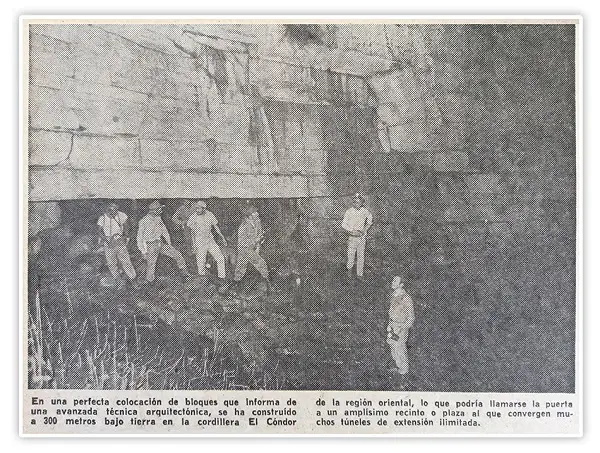
The Moricz expedition of 1969
As recorded by Jaime Díaz Marmolejo, a journalist from THE UNIVERSE, Moricz had spoken of the discovery to President José María Velasco Ibarra on June 24, 1969 and on July 21, he made it official in front of Dr. Gustavo Falconí Ledesma, at the fourth notary's office in Guayaquil. Although the caves were already known to the Shuar, the first to legally declare their discovery was Juan Moricz. On July 26, 1969, with the patronage that the government granted him through Ceturis (Ecuadorian Tourism Corporation), Moricz once again explored the Tayos, this time together with a group of Guayaquil residents: "Gastón Fernández, who at era was the general manager of Ceturis, dr. Gerardo Peña Matheus, legal advisor, Lilian Icaza, coordinator, Hernán Fernández, photographer, Mario Pólit and Pedro Luna, assistants, and José Rojas, journalist " [4].
According to the book Documented History of the Discovery of the Cuevas de los Tayos, by Gerardo Peña Matheus (Quito, 2011), the expedition was divided into two phases: the first for the reconnaissance of the caves and the second to confirm the alleged discovery from the «metal library». Accompanied by some soldiers, the group completed the first phase and returned to Guayaquil, but the second part did not take place. This first official expedition brought the caves to international attention. Photographs taken by Moricz's team showed a surprising underground world: tunnels and large rock galleries, topped by what appeared to be straight lintels. Gerardo Peña Matheus points out that Juan Moricz considered these structures to be the result of ancient human interventions.
The Swiss writer Erich von Daniken, famous in those years for his controversial theories of extraterrestrial influence on human civilization in prehistoric times, visited Ecuador attracted by the story of the expedition, and in March 1972 met Moricz at the now defunct Atahualpa Hotel in Guayaquil. Von Däniken consulted Moricz's notary document and produced copies of the photographic material of the caves [5]. Within months of the meeting, Däniken published the information in his controversial book The Gold of the Gods. The history of the caves, their alleged treasure and the photographs published in the book caused such a stir in Europe that four years later the British government funded the largest mission ever carried out to the Tayos. The military junta that ruled Ecuador at the time gave its full cooperation to the new expedition.
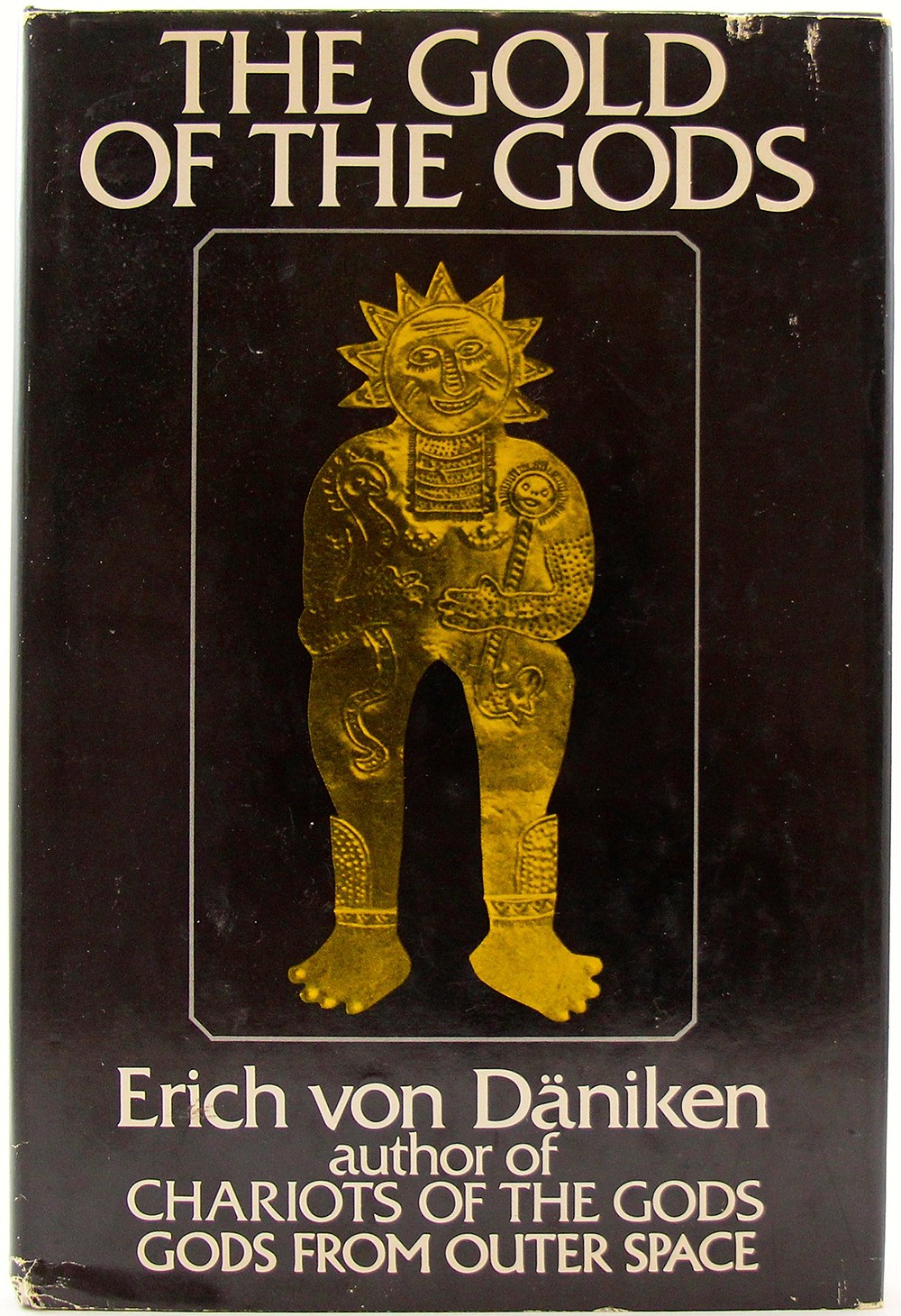
The 1976 British-Ecuadorian expedition
On the objectives of this expedition the newspaper EL UNIVERSO summarized the information provided by the military leader of the British squad, the major of the Scottish royal regiment Christopher Brownie: "Verify or disprove the series of versions echoed by the international press of what exists inside the underground caves." In addition, he highlighted "the purely scientific interest that the mission has" [6]. The group of 16 people that Moricz gathered in 1969 was very small compared to the new one, made up of one hundred scientists and soldiers (62 British and 40 Ecuadorians). Among the members of the expedition were five English scientists and an Ecuadorian, the biologist Laura Arcos [7]. The leader of the expedition was the Scottish engineer stanley hall. In an interview with reporter Alberto Borges, Juan Moricz said that Hall had invited him to join the expedition, offering him some sort of associate headquarters and the resources to get to the exact location of his discovery. Moricz also claimed that no agreement was reached due to the British having rejected his terms, including being appointed sole leader of the expedition or preserving his discovery of the site. [8].
Instead, it was the astronaut who accepted Stanley Hall's invitation Neil Armstrong. The first man to set foot on the lunar soil descended into the caves in August 1976. In Quito, on his return from the jungle, the journalist Carlos Vera asked him: «What was more exciting: exploring the Moon or the Cave of the Tayos?». Neil Armstrong replied: “It's hard to compare, but in both cases you have the feeling of going to unfamiliar areas and learning new things; in this they are similar experiences " [9].
According to information from EL UNIVERSO, the British contributed one million pounds to the expedition (65 million sucre at the time). The Ecuadorian army took over the clearing of a landing area near the caves and the logistics for the transfer of 45 tons of equipment, supplies and personnel to the virgin forest. Ten means of transport were used, as well as three airplanes, a light aircraft and two helicopters of the Ecuadorian Armed Forces for a total of 42 trips. For comparison, Moricz's 1969 expedition included only 43 mules and a mule track.

Controversy
Despite the efforts of the British-Ecuadorian expedition, the alleged "metal library" did not appear yet. Fantasy or reality, Moricz had anticipated: «I think that the scientists of the expedition, both British and Ecuadorian, will come to interesting conclusions and, with a little luck, will be able to find some valuable pieces. But the main thing, the metal library, I doubt they will find it " [10]. In the few interviews he gave, Moricz expressed controversial ideas and concepts. In an article entitled "Moricz insists that there is an underground world under the Andes" the researcher stated, "You can walk all over South America underground." In the same interview, he assured us that the underground tunnels are indeed there, and that one goes all the way to the Pacific Ocean [11].
In those days the Ecuadorian Ministry of Defense published the first official report of the British-Ecuadorian expedition, which reduced the length of the tunnels to 5 kilometers, contradicting Moricz's claim about a larger tunnel system. Regarding its origin, the report stated that "The Tayos caves are not an archaeological monument, as has been said in recent days, but a geological one" [12]. The Ministry of Defense also included the following paragraph: "Therefore, the discovery of him cannot be attributed either to Mr. Moricz or to a certain city." This last clarification was made because in Guayaquil a cockade with the colors blue and white had been exhibited whose epigraph read: "The discovery of Cuevas de los Tayos is the glory of Guayaquil ", alluding to the Moricz expedition of 1969, composed almost entirely of citizens of Guayaquil [13].
These official statements were greeted by Moricz with apparent indifference. «I dedicate myself to investigations», he told the journalist Jaime Díaz Marmolejo, «I dedicate my life to you and my only commitment is for the truth. I have never answered my detractors and I will not do it now, because those who attack me have no authority to do so, at least until they exhibit evidence to support their points of view " [14].
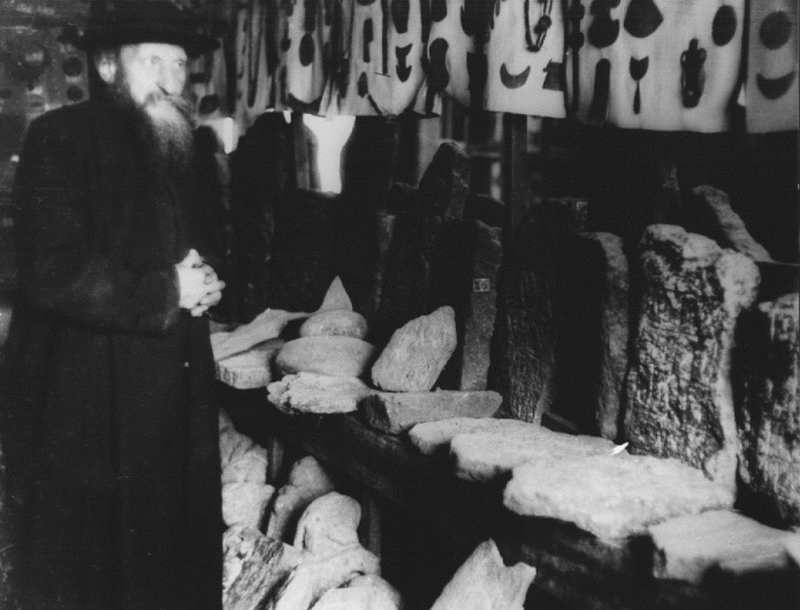
Mysteries
Another chapter in the plot of the Tayos Caves is the so-called "Crespi Collection", collected by the religious Italian Salesian Carlo Crespi (1891-1982). For years, in his parish in Cuenca, Father Crespi showed some archaeological pieces that, according to him, had been donated to him by members of the Shuar tribe.
According to the researcher from Guayaquil Manuel Palacios, the alleged relationship of these pieces with the Cuevas de los Tayos it originated from erroneous data published by Erich von Däniken in his book The Gold of the Gods. Palacios claimed that there was still no definitive proof of the provenance of the most interesting pieces. In his book Amérika forbidden: the Crespi Collection, Palacios attached a partial inventory based on photographs [15], as many of Crespi's objects were missing or disappeared. Palacios stressed that the mystery surrounding the caves lay not only in the origin of the pieces by Father Crespi or in the alleged discovery of Moricz, but also in what was done by the 1976 expedition. Palacios was convinced that at that time secret reports had been made and kept secret , photographic and cinematographic evidence and that, above all, the real size of the underground system had been denied.
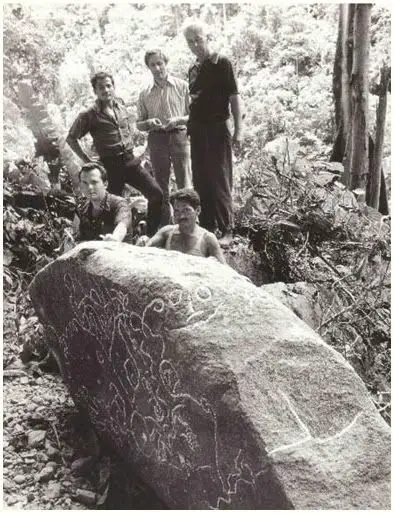
However, the validity of these disputes keeps interest in the Cuevas de los Tayos. The provincial GAD of Morona Santiago took advantage of the fantastic strand of history to promote them as a "magical place full of energy, a world reference point for adventure tourism and caving" [16]. In 2016, the last government expedition took place, although this time the goal was to shoot a documentary to promote tourism to the caves. The then Minister of Tourism Fernando Alvarado participated in the three-day expedition.
The absence of evidence on the alleged discovery of 1969 did not prevent Cuevas de los Tayos to continue to be linked to the figure of Moricz, a quiet and hermetic man according to those who knew him personally. At the time, the journalist Alberto Borges tried to decipher it: «There is something extremely strange in the behavior of Juan Moricz. Apparently unaware of the economic interest, free from that disease called "glory", modest and silent, he seems to be located in another dimension, beyond the human limits of any kind of selfishness " [17].

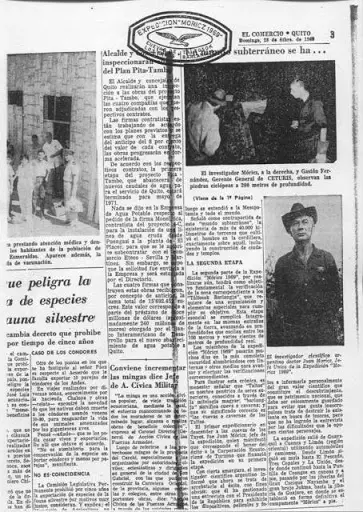
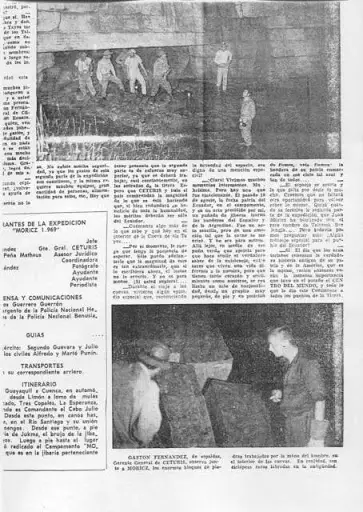
Note:
[1] Deed held by Dr. Gerardo Peña Matheus
[2] EL UNIVERSO, 30 July 1976, p. 5
[3] VISTAZO, August 1976, p. 115
[4] EL UNIVERSO, 26 July 1976, p. 6
[5] Erich von Daniken, History lies, Edaf 2013, p. 100
[6] EL UNIVERSO, July 1, 1976
[7] EL UNIVERSO, 13 July 1976, p. 3
[8] VISTAZO, August 1976, p. 116
[9] VISTAZO, September 1976, p. 87
[10] VISTAZO, August 1976, p. 118
[11] EL UNIVERSO, 30 July 1976, p. 5
[12] Ibidem
[13] EL UNIVERSO, July 27, 1976
[14] EL UNIVERSO, 30 July 1976, p. 5
[15] Manuel Palacios, Amérika prohibida: Crespi collection,
[16] http://www.moronasantiagoessangay.com/donde-ir/limon-indanza/cueva-de-los-tayos /
[17] VISTAZO, August 1976, p. 118
Bibliography:
Gerardo Pena Matheus, Documented history of the discovery of the Cuevas de los Tayos, Quito 2011
Francisco Sampedro, Folleto Las Cuevas de los Tayos (cartilla de divulación científica número 15), V. Casa de la Cultura Ecuatoriana, 1977
Erich von Daniken, History liesEdaf 2013
